1. Connecting the Panopto Application to Microsoft Teams
To add the Panopto application to Teams, open Teams and click the Apps button on the bottom left of the window. (Fig. 1a)

Figure 1a - The location of the Apps Icon in Microsoft Teams
In the Search box at the top of the new window that opens type Panopto and press enter. (Fig. 1b)
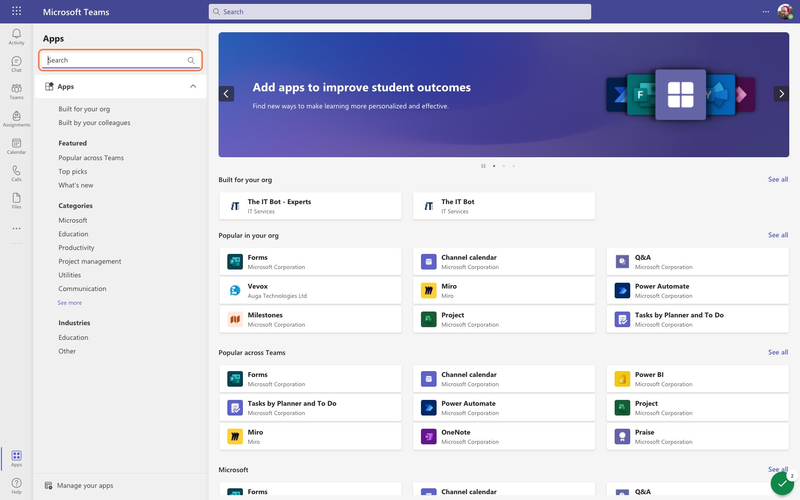
Fig. 1b - An image showing the location of the Search Field in Microsoft Team's App Page
Once the search results have loaded, click the Panopto button in the main window. (Fig. 1c)
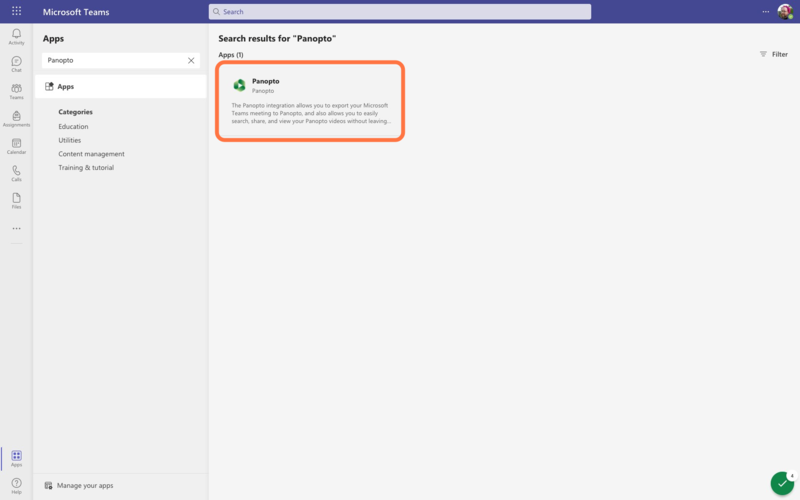
Fig. 1c - An image showing the location of the Panopto Search result.
In the new window that pops up, click Add (Fig. 1d)
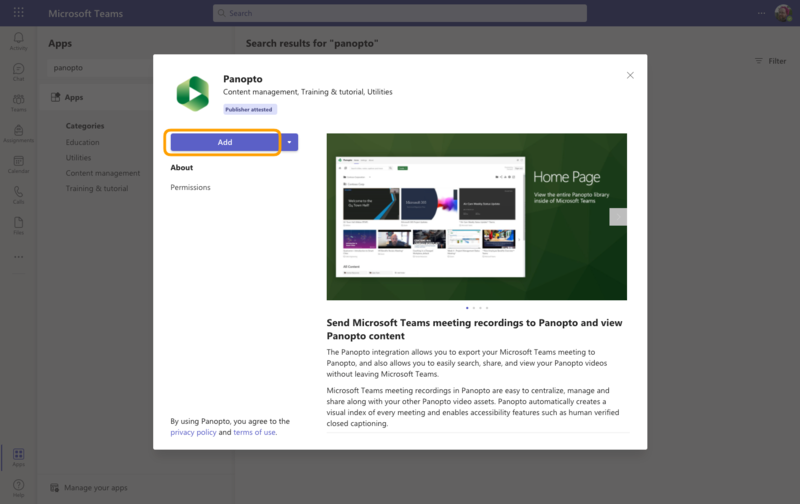
Fig. 1d - An image showing the location of the Add App button in Microsoft Teams
After a brief pause, the Panopto Homepage interface will load within teams and a new icon for Panopto will appear in the left hand icon menu.
From here, the next step is to click Settings at the top of the window. (Fig. 1e)
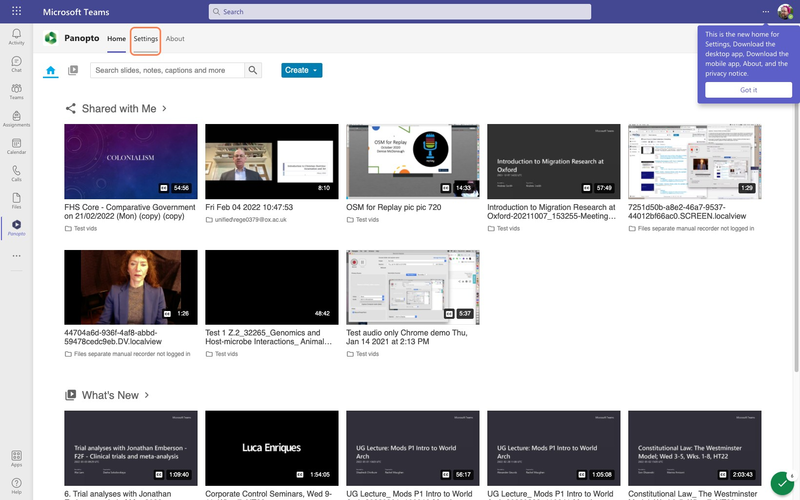
Fig. 1e - An image showing the location of the Settings button in the Panopto Integration for Microsoft Teams
Finally, under Personal Meetings, click Authenticate. This will load a new window and prompt you to log in with your Oxford SSO. (Fig. 1f)
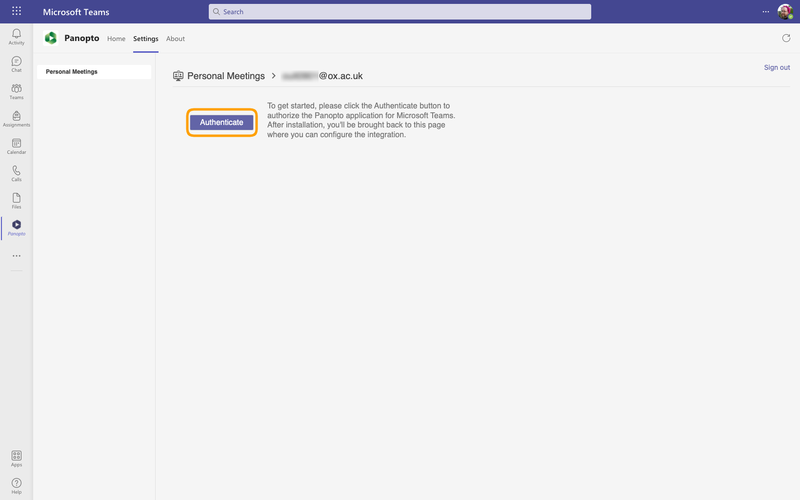
Fig. 1f - An image showing the location of the Authenticate Button in Panopto for Microsoft Teams
The Panopto interface will now refresh and show you a list of all the Teams you are a member of. By default only your personal meetings, ie. only meetings organised outside of a formal team will be recorded and saved to your Panopto Folder. If you wish, you can now authorise the connection between Panopto and individual Teams. Only one person per Team can authorise in this manner at a time. The authorised person can choose the location in Panopto where the meeting recordings are stored.
To Authenticate with a specific Team, click the name of the Team in the left hand menu, then click Authenticate. If you have previously signed in with your Oxford SSO you will automatically be authorised, if not you will be prompted to enter your Oxford SSO details in a new window.
When a Team is connected, all meetings recorded on the team's public channels will be imported. Private channels will show up under their associated team as an extra tab and, as such, these channels must be individually authorised in order for their recordings to import to Panopto.
2. Choosing a Recording Location and Meeting-Folder Mapping
Once you have authorised either your Personal Meetings or a Team you have the option of choosing which folder in Panopto you would like your recordings to be imported to. If you don't change this setting all your meetings will be saved under My Folder > Meeting Recordings. This folder will be created when you first authorise your Personal Meetings in the Panopto Integration.
To change where meetings are saved you must first create a new folder in Panopto in the desired location. Then in the Settings page of the Panopto Integration select the Team you wish to change the location of and click Edit under the Default Recordings Folder. (Fig. 2a)

Fig. 2a - An image showing the location of the Edit button in the Panopto integration for Microsoft Teams
Then click the drop-down arrow at the right of the input field to begin navigating to your chosen folder. (Fig. 2b)
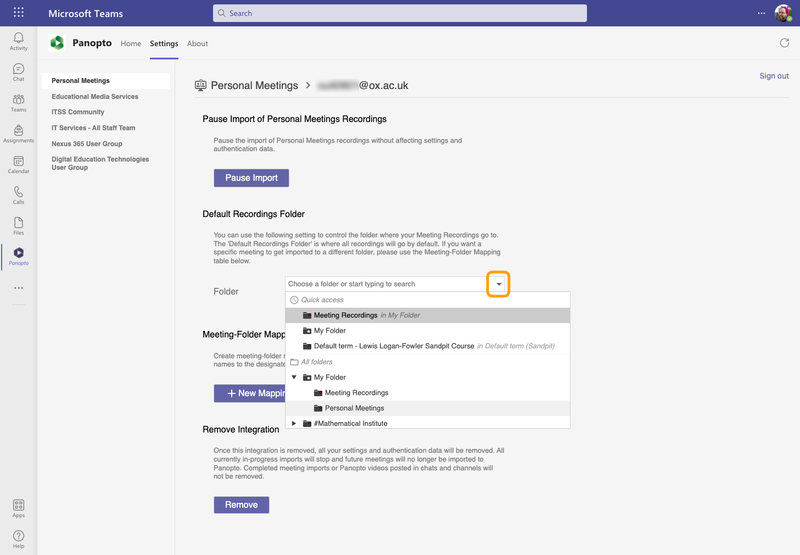
Fig. 2b - An image showing the location of the Drop Down button in the Panopto integration for Microsoft Teams
Once you have selected the new folder location, the drop down window will close. Click Save to save your changes. (Fig. 2c)
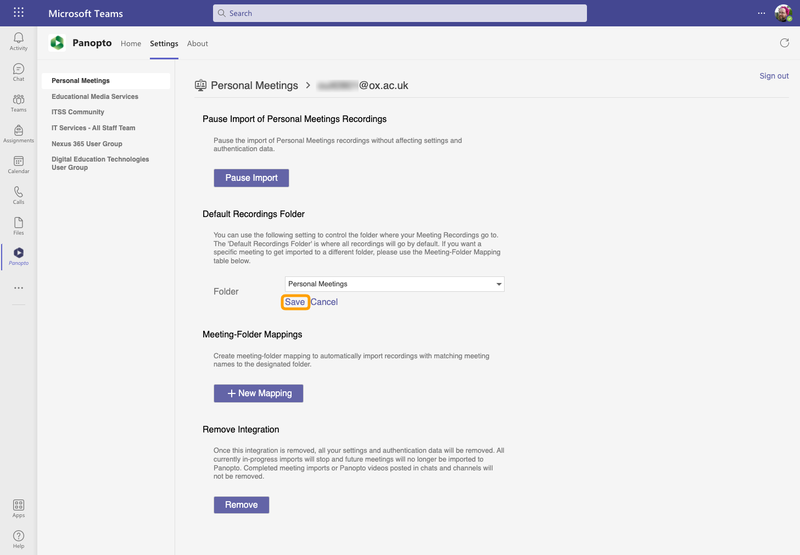
Fig. 2c - An image showing the location of the Save button in the Panopto integration for Microsoft Teams
2.1 Meeting-Folder Mappings
By default all recorded meetings will be stored in the folder selected above. It is possible to choose alternative locations for meetings to be stored in based on their name.
First, create a new Folder in Panopto and then click Meeting Mappings in the Panopto Teams App Settings
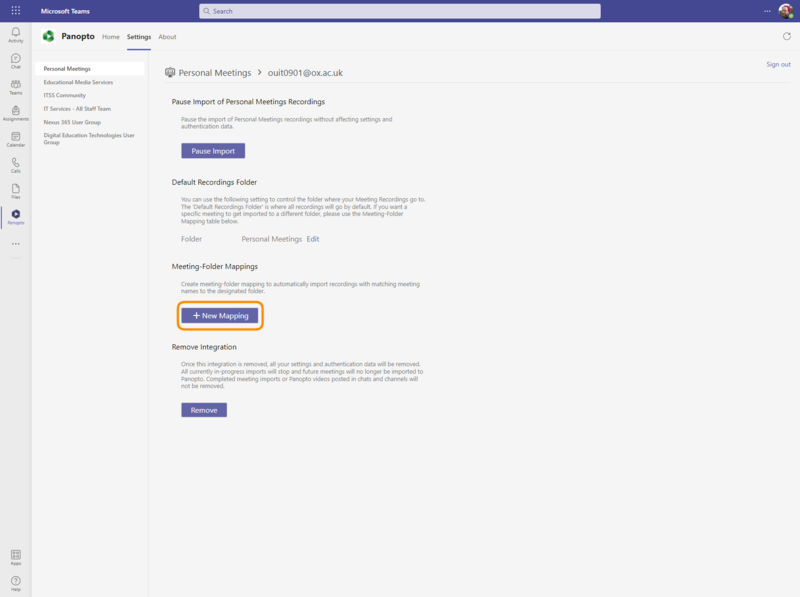
Fig. 2d - An image showing the location of the Meeting Mappings Button in Panopto for Teams
Then, in the window that pops up, type the name of the meeting you want to moved to a new folder. You can use * as a wildcard to catch multiple meetings that have similar titles, for example "English Seminar * " would match with "English Seminar Week 1" "English Seminar Week 2" etc.
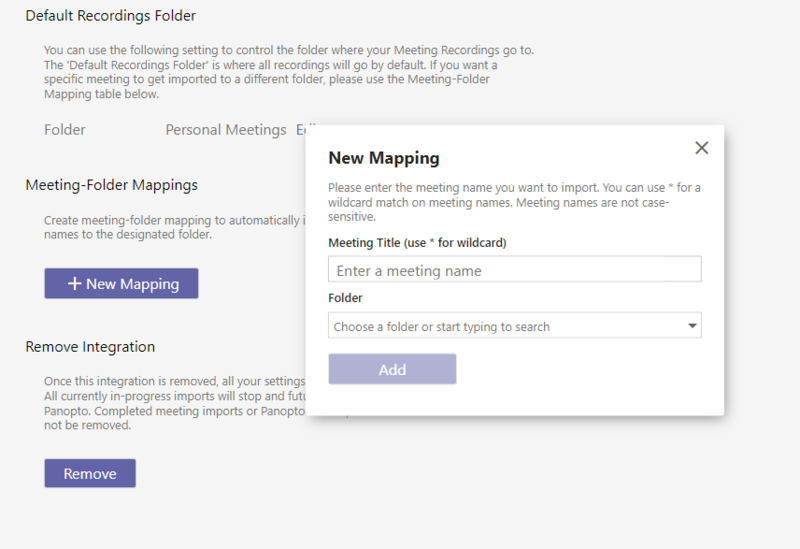
Fig.2e - An image showing the Meeting Mappings Pop-Up Menu in Panopto for Microsoft Teams
Finally, click the dropdown arrow in the Folder Box to navigate to and select the Folder you would like the meetings to be saved to.

Fig.2f - An image showing the location of the drop down folder navigation button in Panopto for Microsoft Teams
Once you have completed these steps, click Add to create the Mapping.
After you have installed and connected the Panopto Application to Microsoft Teams you are ready to being recording your meetings and presenting content. We would suggest you do a test meeting recording and check that it appears in the location you have set as the default folder and test any meeting mappings you have created.
For further reading on how to use the integration, please see the official Panopto Support documentation here.















